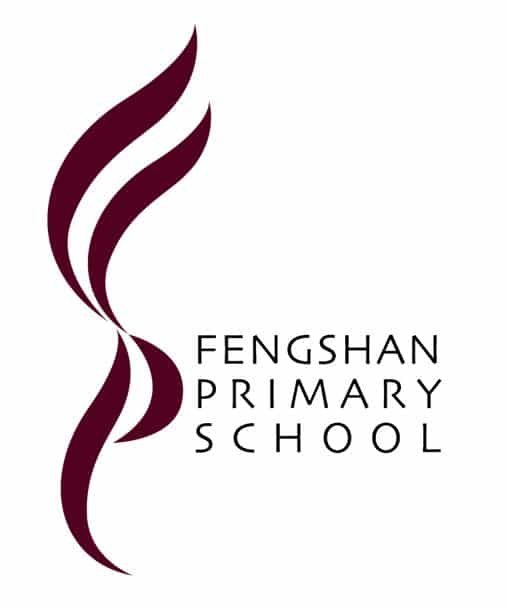Fengshan Primary School

What Are The Learning Methods Of Fengshan Primary school?
On January 2, 2001, the current Fengshan Primary combined with the former Ping Yi Primary School to establish the new Fengshan Primary School with about 2500 students in 66 classes. On the auspicious date of 02-02-02, the ceremonial inauguration ceremony. Mr Hawazi Daipi, Parliamentary Secretary of the Ministry of Education, was the Guest of Honor. Fengshan Primary School has grown into a magnificent, mega-sized primary school, one of the East Zone’s few mega-sized primary schools.
The English Core Curriculum:
The Fengshan Primary School English Department’s goal in the language learning process is to assist students in developing listening, speaking, reading, and writing skills. The integration of these four abilities allows students to gain linguistic competency to satisfy the expectations of school and society to succeed in acquisition of knowledge for lifelong learning.
STELLAR (Strategies for English Language Learning and Reading) is the school’s English Language core curriculum. In the foundation years STELLAR strives to improve children’s language and reading skills while also encouraging a good attitude toward learning.
Environment for Learning:
Eco garden:
The Eco garden provides students with a pleasant and engaging learning environment. Pupils can feel for the natural world and learn intriguing facts about the plants and creatures live in the garden.
Hydroponics:
In Science, Greenhouse hydroponics is a method of growing plants in a greenhouse that uses fertiliser solutions and water instead of soil. Our Green Fingers Program strives to introduce our P5 students to alternate crop-growing practices that are incredibly important, especially in land-scarce Singapore.
Laboratory of Science:
The Science Lab’s flexibility in terms of arrangement enables a variety of station-based activities to carry out. Cells (P5), Light (P4), and Magnets (P3), for example, are taught in the lab.
Leadership Development Programme:
As part of our efforts to improve the quality of pupil leaders, we developed the Leadership Development Program. For PERSONAL, PEER, and PEOPLE leadership development, the Prefects go through systematic and progressive training they learn self-management, relationship management, conflict management, and problem-solving abilities. Prefects put their leadership talents to the test every day as they lead their classrooms and the rest of the school as good role models.
Primary 2 Prefects learn self-management leadership skills and understand their leadership styles through the leadership curriculum. The Primary 3 programme emphasises the importance of excellent communication skills in establishing interpersonal effectiveness. P4 prefects emphasise the significance of resolving problems and forming friendships.
Program with a Character Focus:
The Character & Citizenship Education (CCE) Department focuses on our students’ overall development to develop morally upright individuals and future leaders who embody PRRICE principles. We have our own Character Education and Lifeskills Programs to help us achieve our goals. The Character-Focused Program is for students in grades 1 through 6, and it introduces PRRICE, our school’s core values (Perseverance, Respect, Responsibility, Integrity, and Compassion), SEL and life skills.
The school has a “SPOT ME GOOD” programme, a “PRRICE Principles Badges” award, and an Edusave Character Award to recognise and reward students who demonstrate PRRICE values, kindness, and good behaviour (ECHA). The Holistic Report Grade, scoring with PRRICE values indicators to calculate the Conduct Grade for students.











